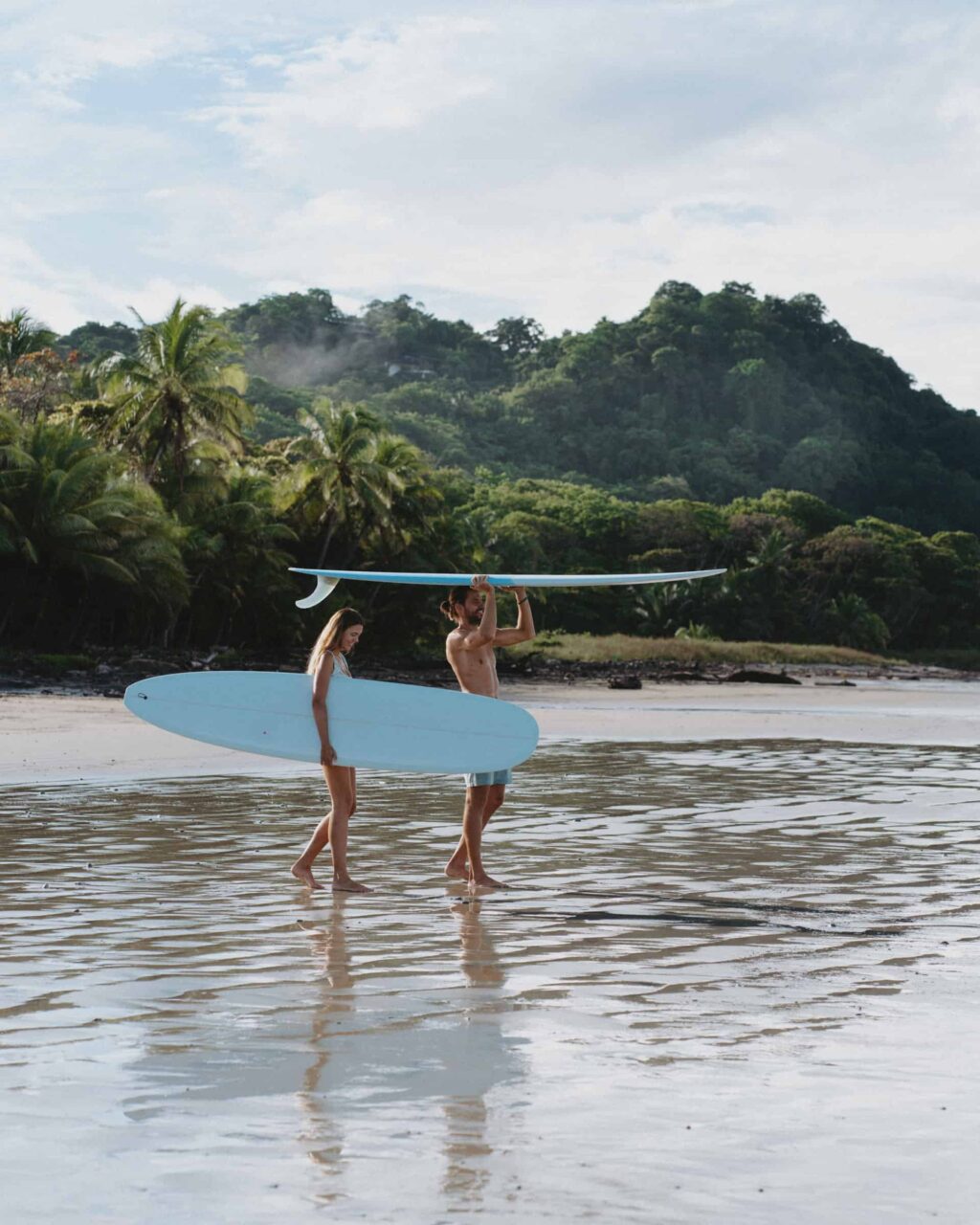Going on Safari in South Africa is the ultimate experience for nature lovers and Eco Travelers. We loved how immersed in nature we felt during our whole stay at Rhino Sands; living in a tent and spending all our days outside, watching the most beautiful animals allowed us to connect with nature on a deeper level. This blog post shares our experience and why going on Safari with Rhino Sands is a must for Eco Travelers.
Best time to visit South Africa
South Africa can be visited all year round. The high Season runs from November to March which is summertime in South Africa. In the Game Reserves in the northern part of the country, the driest months are from May to September, which also means the vegetation is dry. To get lush backgrounds to your safari photos, it’s better to visit in Spring/Summer. We visited in October and had a mix of sun and clouds but no rain during our stay.
About Rhino Sands Safari Camp
Rhino Sands is an eco-friendly safari camp that was founded in 2017 to reflect the owner’s family’s love of safari and commitment to conservation. It is designed to offer guests an intimate way to reconnect with nature in a classic safari style. The camp consists of 4 tents, each with its own outdoor deck and pool plus a common area, making it a very private and relaxing experience to go on safari here.
How to get to Rhino Sands
Rhino Sands Safari Camp is located in the Manyoni Private Game Reserve. To get there, we recommend flying to Durban International Airport, as it has direct flights from Cape Town and Johannesburg, as well as some International locations. From the Airport, you can either book a rental car and drive to the Reserve yourself or book a transfer. The drive from Durban to Manyoni Game Reserve takes 3 hours. Driving there was very easy. We rented a car as it was the cheaper option.
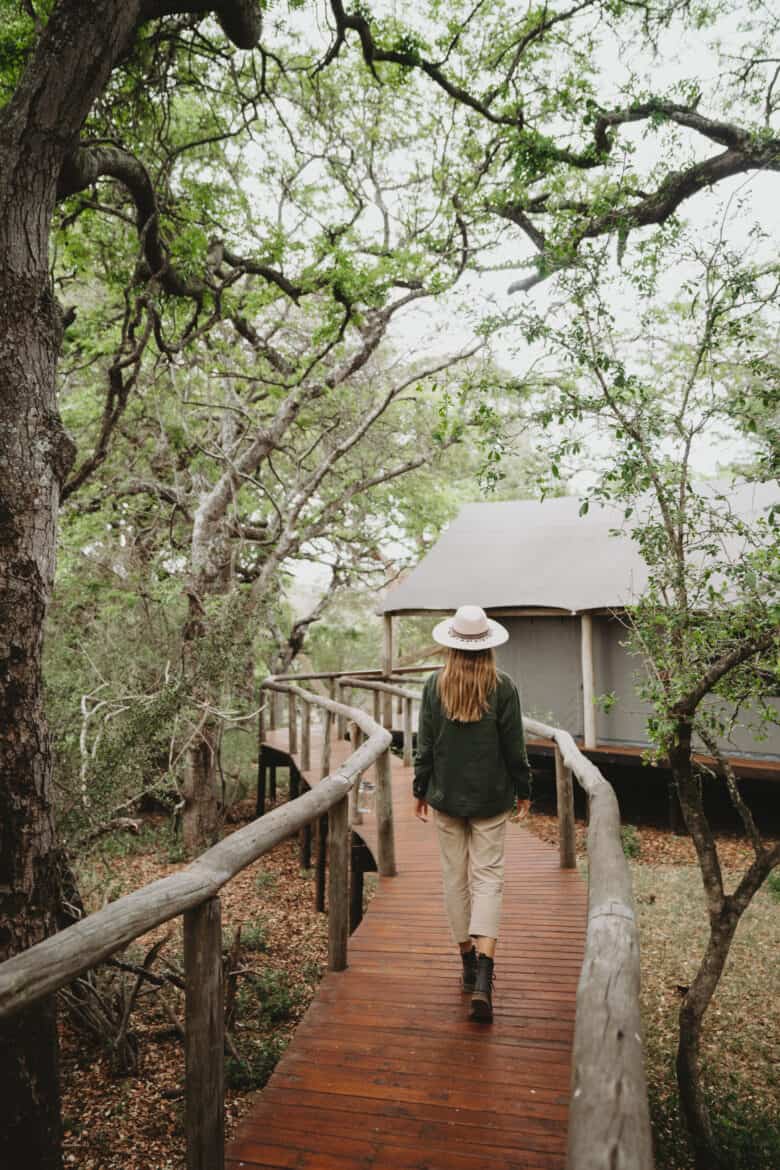
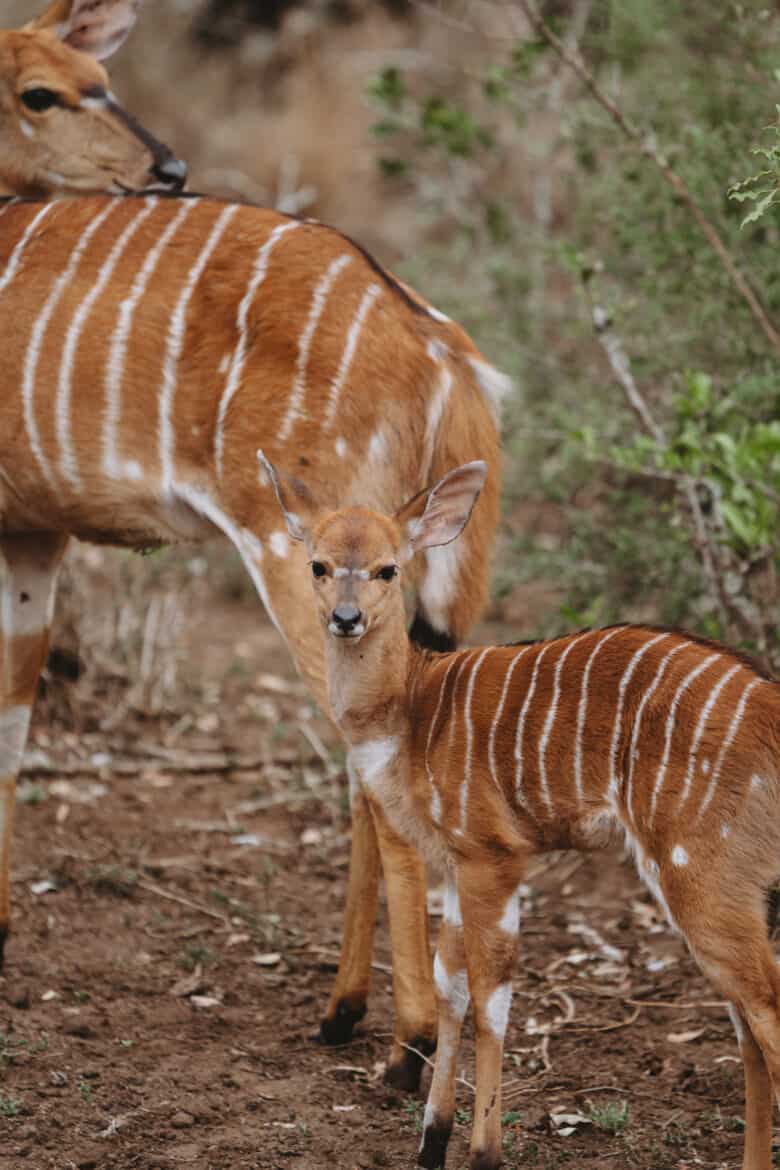
5 Reasons why Eco Travelers love Safari with Rhino Sands
What we love about Rhino Sands is how their values align with ours and how much they focus on running their camp with the planet in mind. That’s why it’s the ultimate Eco Travel experience.
Support a Game Reserve that is focused on conservation
Unfortunately, many animal species are threatened with extinction today. This is why it was very important for us to find a Reserve where the focus is on the conservation and protection of these animals. Manyoni Game Reserve was initially formed as part of the WWF black rhino range expansion project and has become one of the premier safari destinations with a strong focus on endangered species conservation, including the reintroduction of Cheetahs and other animals.
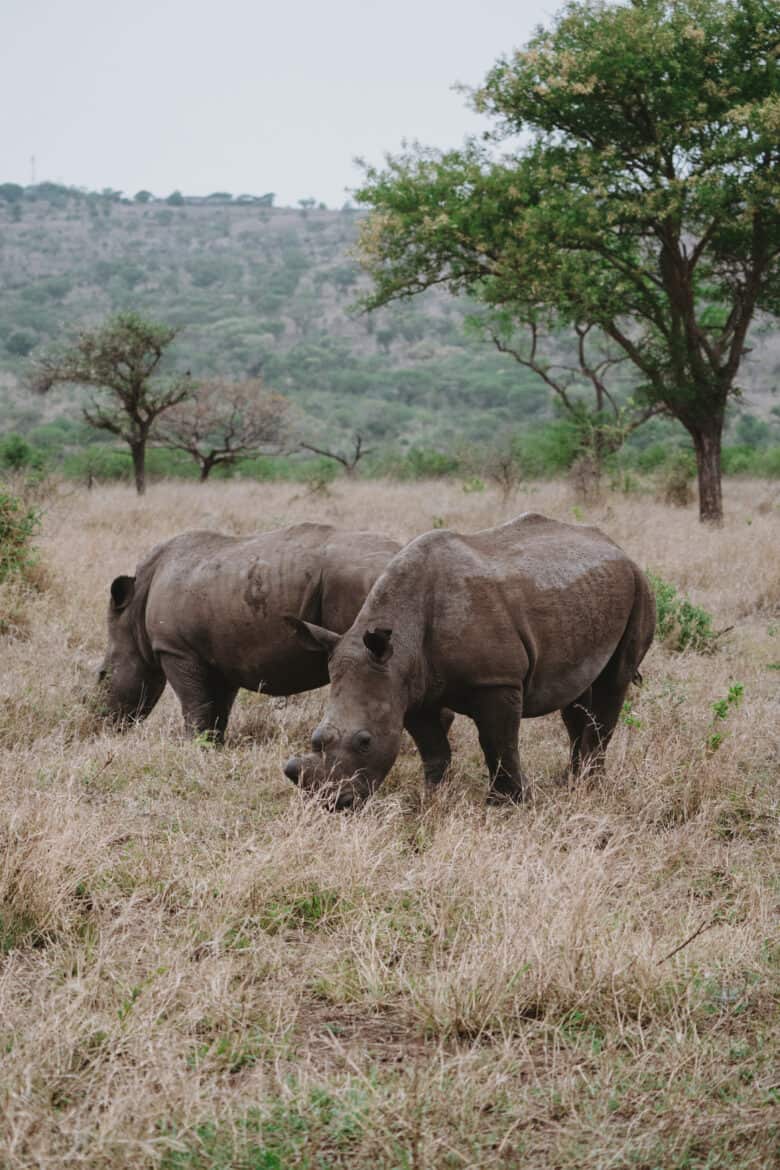
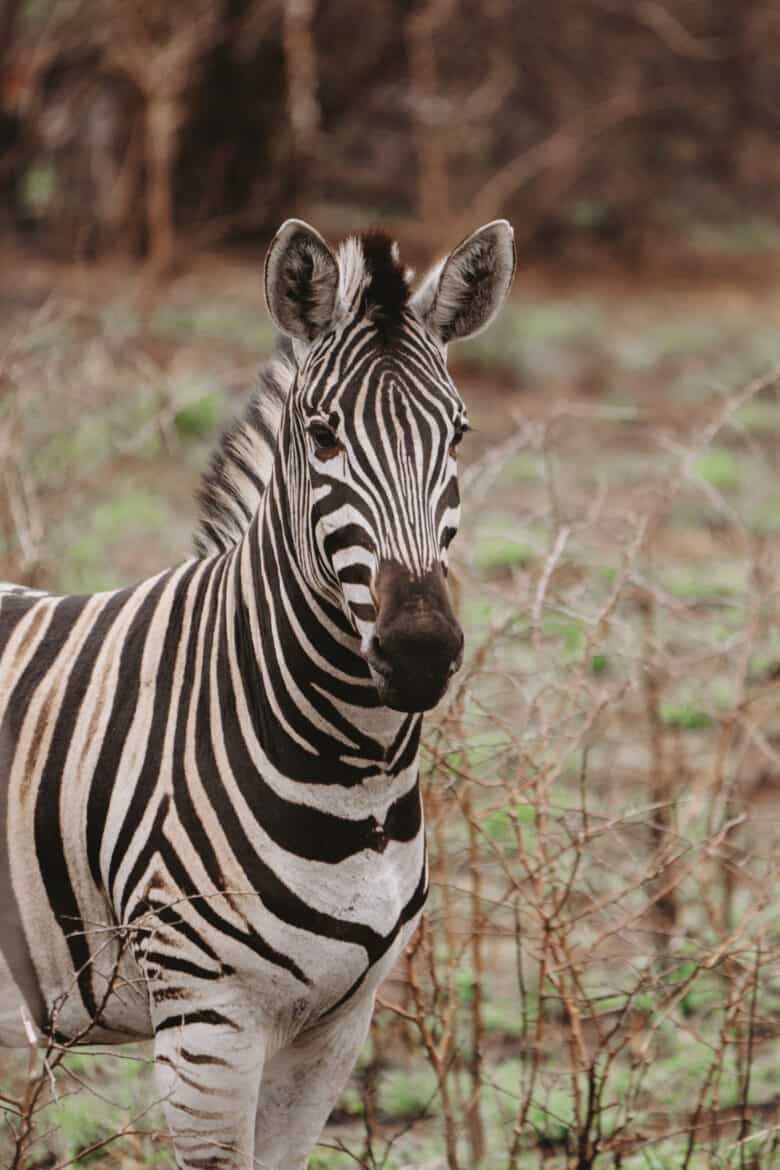


Experience the Big Five and a lot more
For nature lovers, the big highlight of a safari is of course the animals. At Manyoni Game Reserve you can see not only the big five (Lions, Rhinos, Elephants, Buffalos, and Leopards) but many more animals. One of our favorite sightings was a female Cheetah with her two cubs. My heart was melting when we watched them. But we also saw Zebras, Giraffes, Hyena and a lot more.
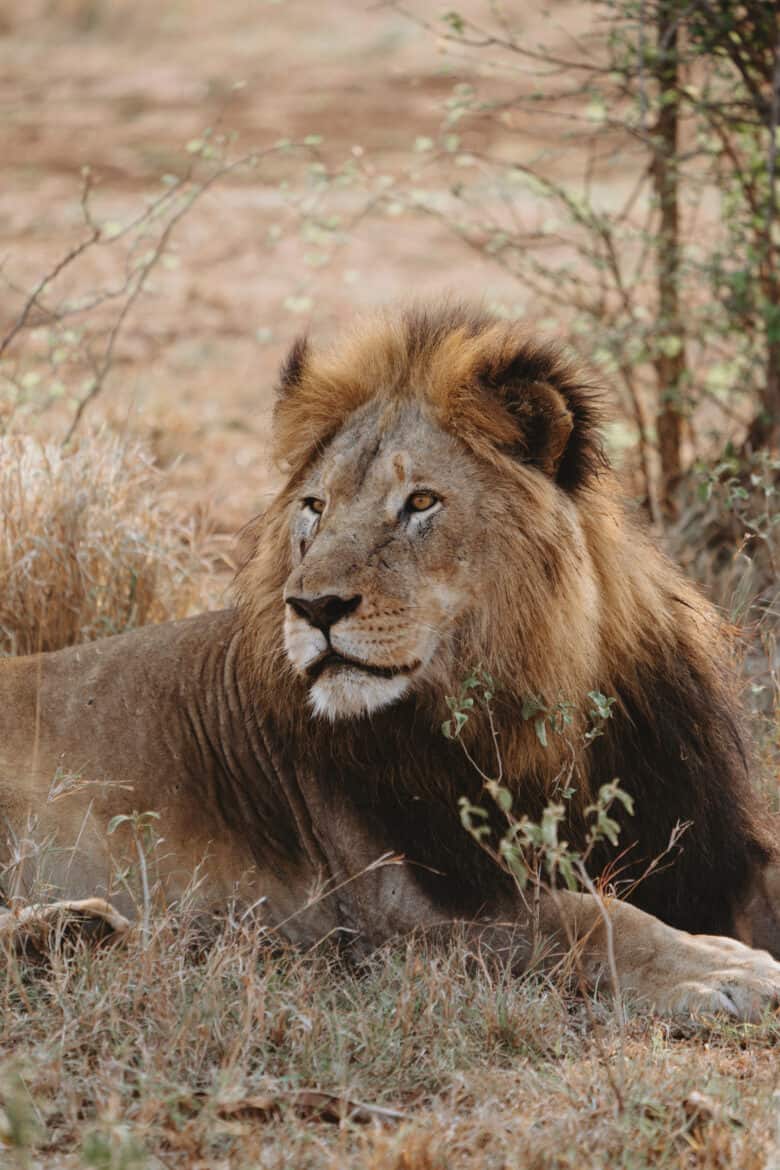
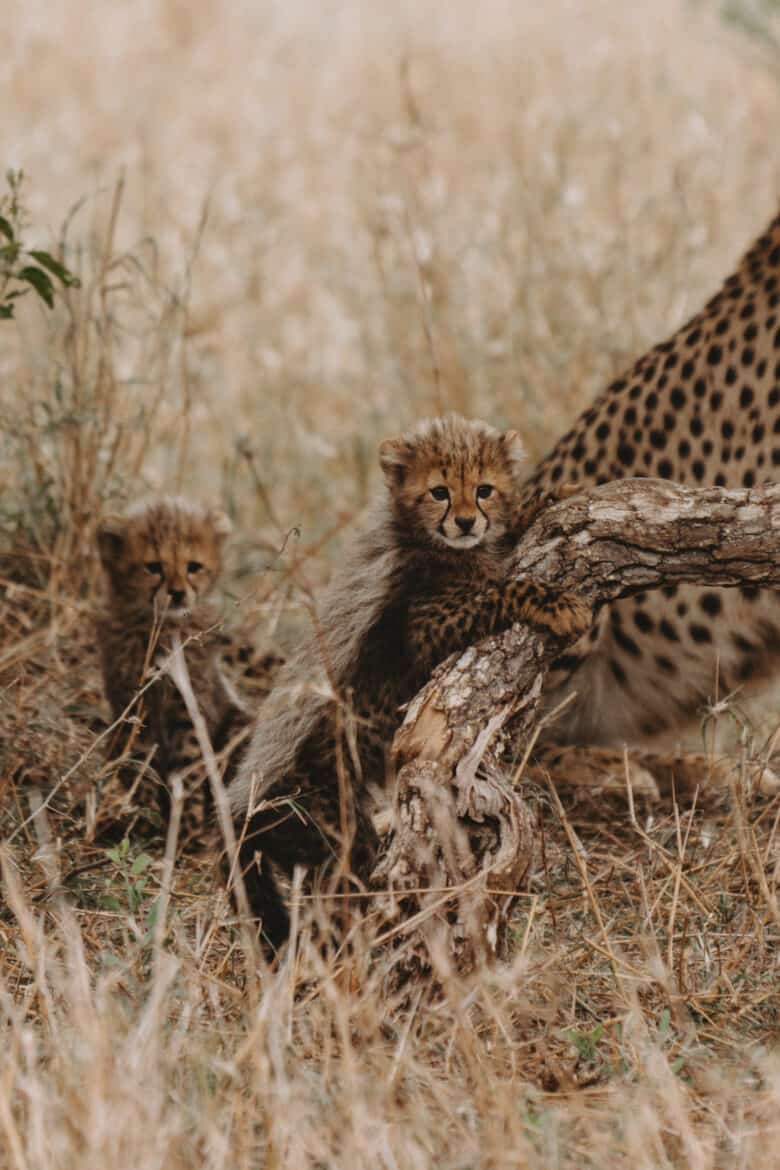


Two daily game drives with a very knowledgeable Ranger
Every day we had two game drives of 3 hours each which was absolutely amazing. One drive is in the morning starting at 5.30 am by the bonfire and then heading out at 6 am until breakfast. The second one is in the afternoon from 4 pm until after sunset. We love how much we have learned about the animals and the bush during our game drives. Our guide Jona, from Rhino Sands, was highly professional, entertaining, and knowledgeable.
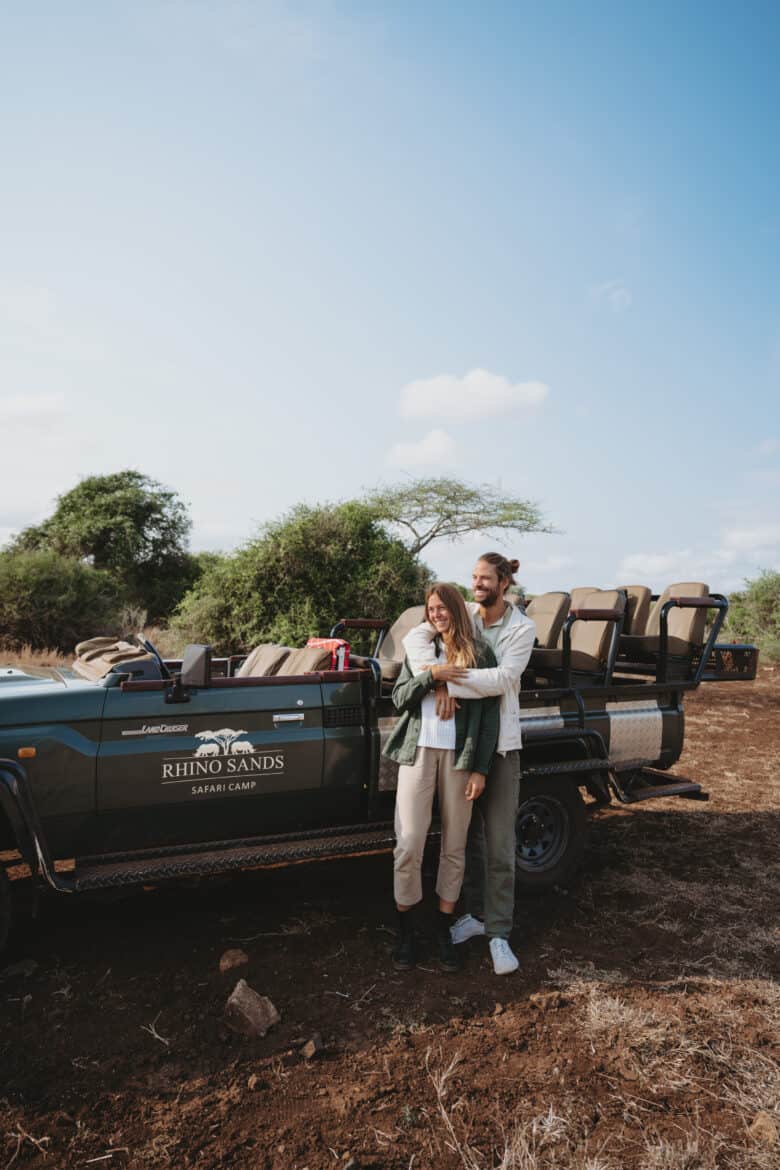


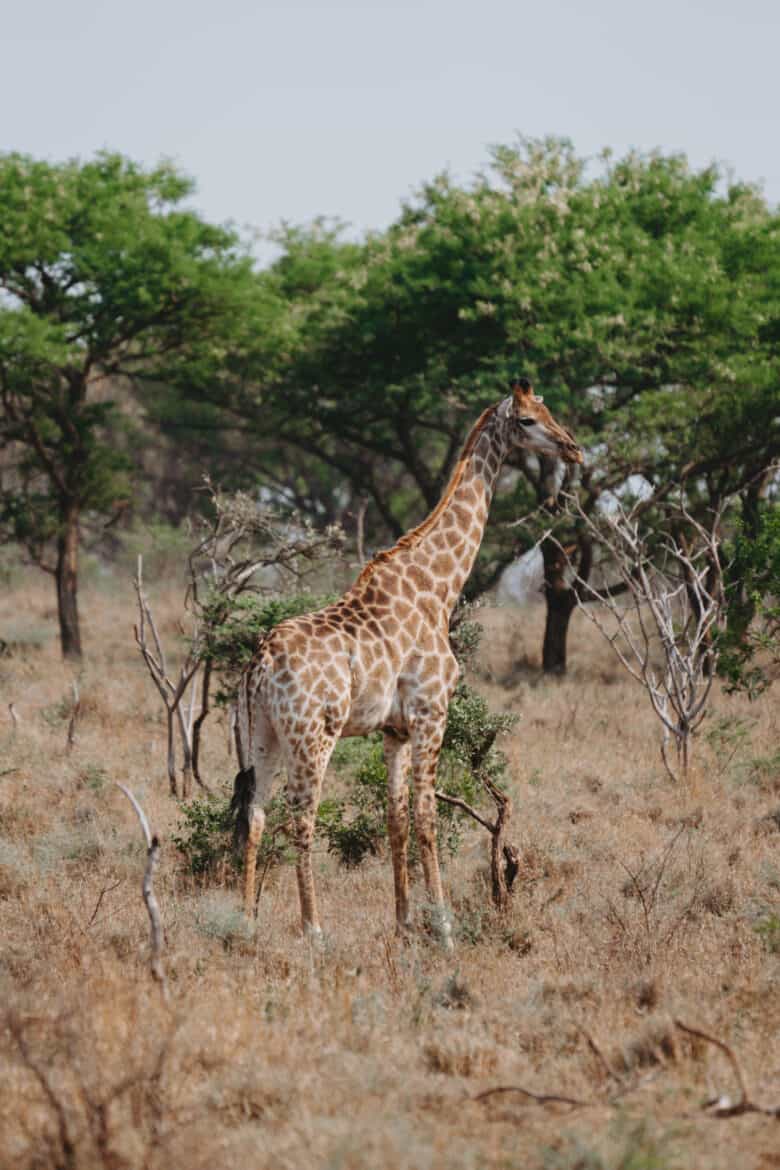
Stay in a Luxury Tent immersed in nature
The accommodation at Rhino Sands is the perfect mix of luxury and connection with nature. The tents are designed to have an authentic safari experience. Each tent features a lounge, outdoor and indoor showers, a beautiful bathtub, and a private deck with a plunge pool. All tents have stunning views of the riverbed below, and each opens entirely on three sides, so guests are fully immersed in the South African wilderness experience.
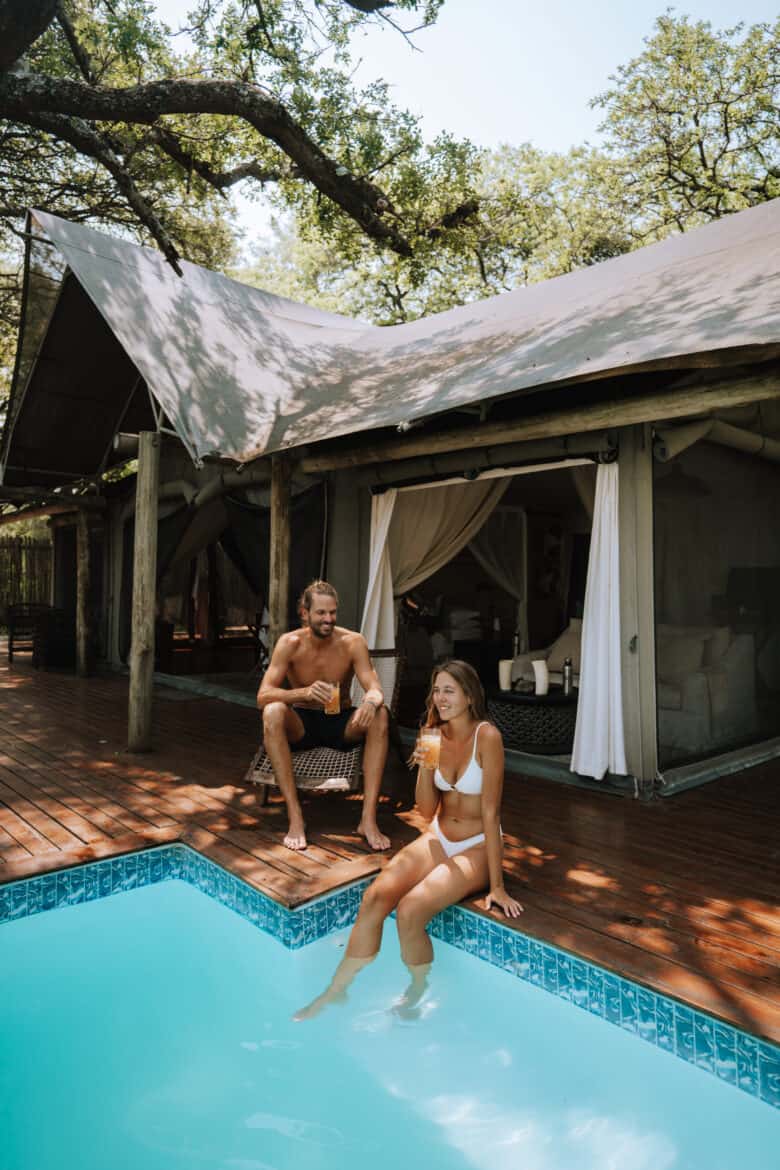





Eco Friendly Safari experience
The whole camp is powered by the sun and entirely off-grid. The water comes from the ground. Upon arrival, we were handed refillable water bottles to reduce plastic waste. All toiletries are biodegradable, and the towels are handwoven from local organic cotton.
All tents are built with natural materials and sustainable building practices. Each camp structure was built with minimal impact on the surrounding forest. The forest itself largely dictated the layout of the camp. We saw places throughout the camp where the trees remain intact, and the camp and decking have been built around them.


Budget for Safari in South Africa
The following budget gives you an idea of how much a Safari in South Africa costs. The expenses for the Safari Lodge include all meals and two daily game drives.
- Domestic Flight from Cape Town / Johannesburg: 120 – 190 USD
- Rental Car: 50 USD per day / or Transport to the camp: R4500 (250 USD) one-way
- Safari Lodge incl. Full-Board and Game Drives: R7500 (410 USD) per person / per night
- Manyoni Private Game Reserve conservation fee: R175 (10 USD) per adult per night

Conclusion
In this blog post, we listed the many things we loved at Rhino Sands, but what truly made our stay perfect is that we instantly felt like a part of the Rhino Sands family. Everyone did an incredible job; they cooked the most delicious special vegan meals for us, organized surprises for the guests, and so much more. Going on Safari in South Africa with Rhino Sands is a once-in-a-lifetime experience that we will never forget.


